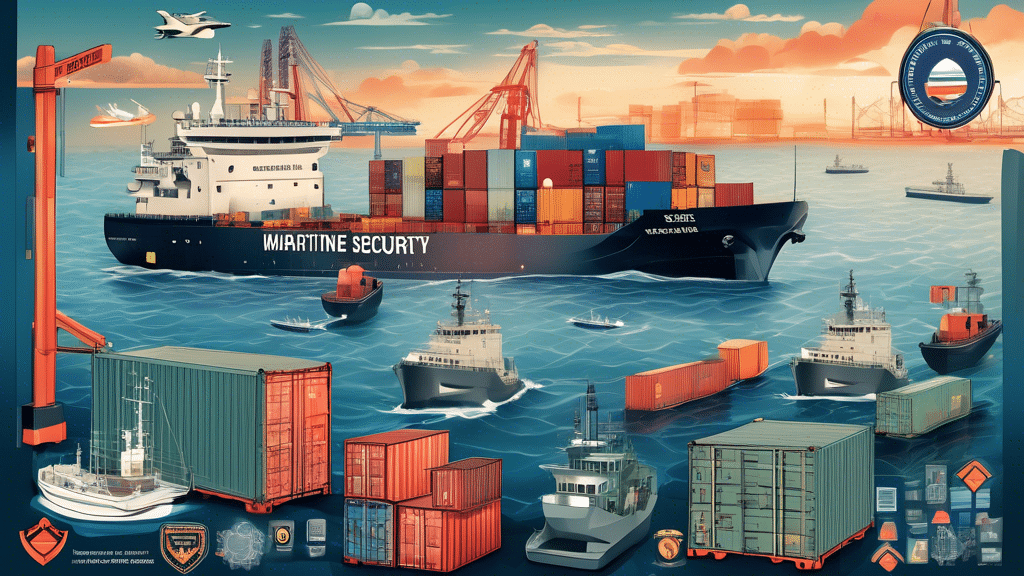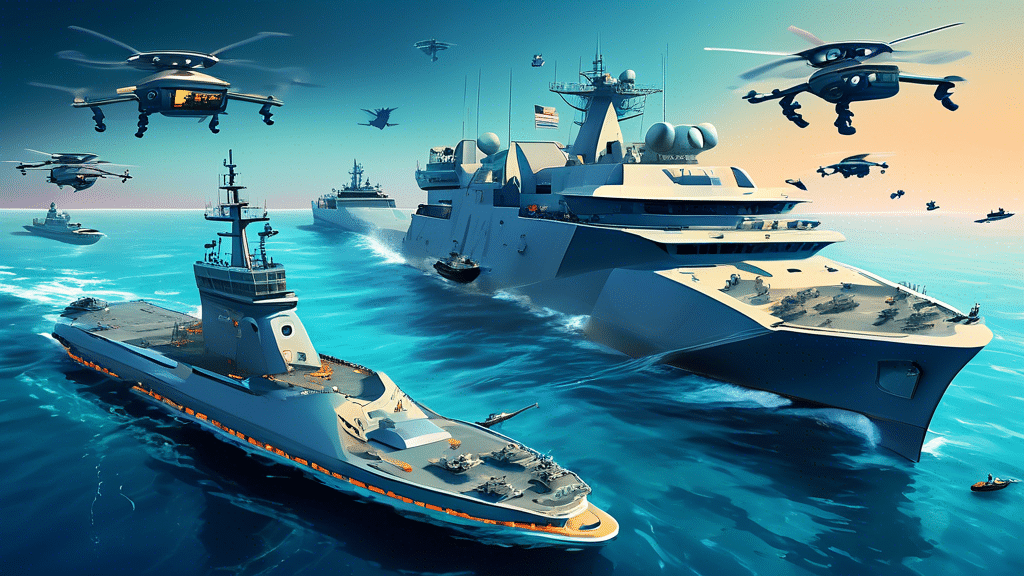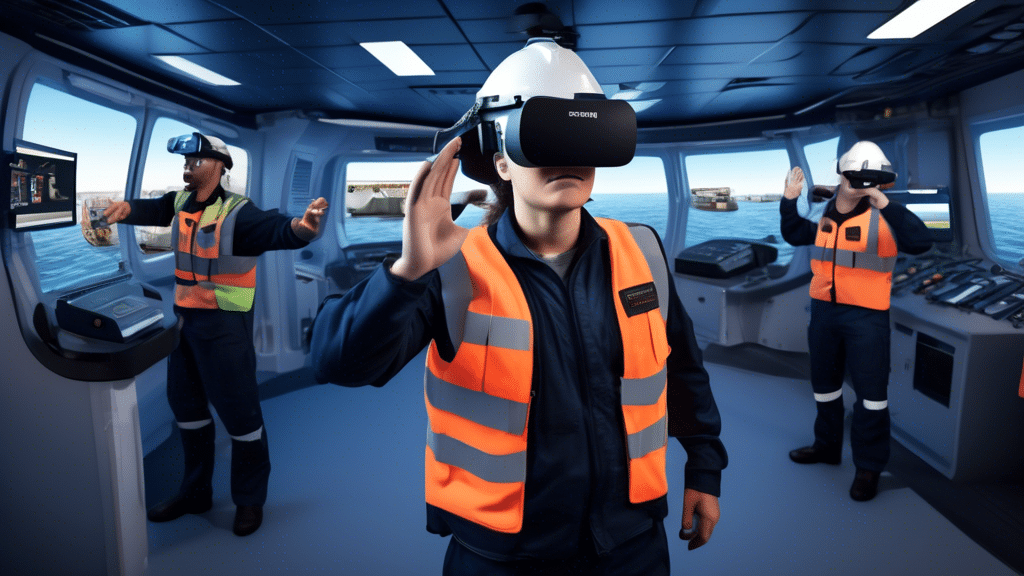The shipping industry, a crucial component of global trade, faces numerous security challenges. Maritime security certifications represent a pivotal aspect of mitigating various threats, ensuring smooth operations, and complying with international regulations. This article will delve into the importance of maritime security certifications, various types available, their relevance, and how to obtain them.
Importance of Maritime Security Certifications
Maritime security certifications are essential for validating that personnel and vessels meet established standards for safety and security. They help in:
- Regulatory Compliance: Ensures adherence to international conventions like SOLAS (Safety of Life at Sea) and the ISPS (International Ship and Port Facility Security) Code.
- Risk Management: Mitigates risks associated with piracy, terrorism, and other maritime threats.
- Operational Efficiency: Enhances the efficiency and reputation of shipping companies by adhering to recognized standards.
- Liability Reduction: Reduces legal liabilities by ensuring all maritime security protocols are followed.
Key Maritime Security Certifications
Several certifications are pivotal in the maritime sector. Here are the key ones:
International Ship and Port Facility Security (ISPS) Code
The ISPS Code, established by the International Maritime Organization (IMO), sets the standard for ship and port security. It is crucial for preparing security plans, assessing risks, and implementing security measures, creating an international framework to detect and prevent security threats.
Company Security Officer (CSO) and Ship Security Officer (SSO) Certifications
A designated CSO within a shipping company is responsible for developing, implementing, and maintaining the company’s security policies. An SSO oversees the security of individual vessels. Training programs for these roles cover threat assessment, emergency protocols, and auditing practices.
Port Facility Security Officer (PFSO) Certification
This certification focuses on the skills required to manage and coordinate security in ports. PFSOs play a critical role in maintaining the secure transfer of cargo and passengers, ensuring compliance with the ISPS Code, and conducting security drills and audits.
Maritime Security Awareness (MSA) Certification
This certification aims to educate all personnel involved in maritime operations about security threats and preventive measures. It is necessary for everyone working within the maritime environment, from crew members to administrative staff, ensuring a widespread understanding of security protocols.
How to Obtain Maritime Security Certifications
Obtaining maritime security certifications involves a series of steps, including:
Training Programs
Enroll in accredited training programs offered by recognized maritime institutions. These programs often include theoretical knowledge and practical simulations to prepare candidates for real-world scenarios.
Examinations and Assessments
After completing the training, candidates must pass examinations that test their understanding and practical skills relevant to maritime security. These assessments ensure that candidates can effectively apply their knowledge in practice.
Continued Education and Re-certification
Maritime security is a dynamic field, and staying updated with the latest practices and regulations is crucial. Therefore, many certifications require periodic renewal through continued education and re-certification exams.
Incorporating these certifications into a maritime career not only enhances individual expertise but elevates the overall safety and security of global maritime operations. By understanding and obtaining the necessary maritime security certifications, professionals can contribute significantly to the industry’s stability and growth.





